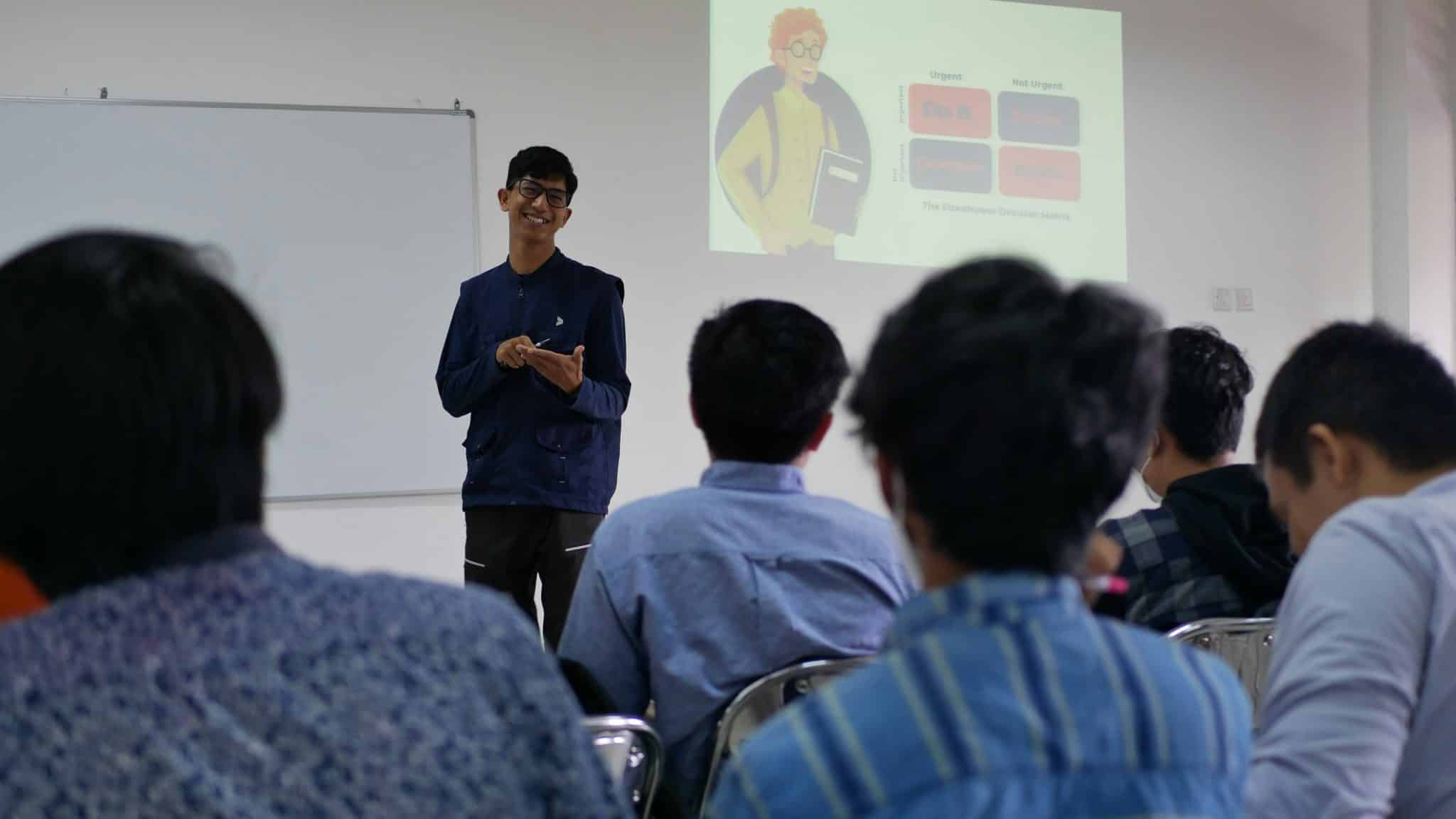Fired for Union Activity or Organizing at Work in California: A True Fight for Rights


A Sudden Change at Work
When Maria started working at a mid-sized warehouse in California, she never imagined that simply talking with her coworkers about forming a union could cost her job. She was a hard worker — always on time, meeting her targets, and even picking up extra shifts. Yet, after a few private conversations about organizing for better wages and safer conditions, Maria noticed a change. Her supervisor, who once praised her, became distant. Rules that had always been flexible suddenly became strict — but only for her. Within weeks, Maria found herself fired over a flimsy excuse about “attendance issues” that didn’t hold up against her spotless record. Maria’s experience, sadly, is not unique. In California, where workers are legally protected, being fired for union activity or organizing at work still happens. Many employees don’t even realize they have strong rights under the law. California Business Lawyer & Corporate Lawyer, a trusted legal partner for employer defense against FMLA disputes, offers crucial guidance for businesses navigating complex labor laws. Knowing your rights is the first step to fighting back.
Understanding the Legal Shield Around Workers
Workers across California, whether they’re flipping burgers, teaching in classrooms, or managing tech systems, all share something powerful: the legal right to organize. Thanks to both federal and state laws, employees can freely discuss work conditions, create unions, and campaign for better rights without fear. The National Labor Relations Act (NLRA) protects private-sector employees nationwide, while California labor codes and agencies like the Public Employment Relations Board (PERB) provide additional safety nets. The Nakase Law Firm, known for its experienced San Diego employer defense attorneys, helps safeguard companies against violations of labor organizing rights. Knowing these laws exist can mean the difference between suffering in silence and standing tall against retaliation.
What Union Activity Really Looks Like
For many, the idea of “union activity” conjures images of loud picket lines and dramatic standoffs. But in reality, it often starts quietly — a conversation in the break room, an email exchange after hours, or sharing a flier about workers’ rights.
Union activity might involve talking about wages, creating petitions for better safety equipment, or asking a coworker to attend an informational meeting. Even if there’s no formal union yet, the law treats efforts to organize with the same respect and protection as if a full-fledged union already existed.
Warning Signs of Trouble Brewing
Maria’s story offers a textbook example of how retaliation often looks. It wasn’t an immediate, obvious punishment. Instead, there were subtle shifts: increased surveillance, sudden write-ups, changed schedules, and cold treatment from supervisors.
When employers retaliate, they rarely say, “You’re being punished for organizing.” Instead, they hide behind vague accusations or selectively enforce rules. If you suddenly face disciplinary actions after trying to organize — especially actions that don’t align with your past record — it’s a serious red flag.
The Fallout for Employers Who Break the Rules
California law treats retaliation against union activity with severity. Employers found guilty can face serious consequences: reinstating employees, paying lost wages, restoring benefits, and sometimes even facing public exposure for illegal practices.
The law exists to prevent a chilling effect, where other workers feel too scared to exercise their rights. Without such protections, unfair workplaces could continue unchecked, hurting not only employees but the broader economy and society.
Extra Protection Under California Law
While the NLRA provides essential federal protections, California goes even further. Laws like California Labor Code Section 923 champion employees’ rights to organize without employer interference. Public sector workers — like teachers, bus drivers, and city clerks — are covered by special acts such as the Meyers-Milias-Brown Act.
Moreover, California’s Fair Employment and Housing Act (FEHA) offers broad retaliation protections that can overlap with union rights. These multiple layers of defense make California one of the most worker-friendly states in the country — but only if workers know to use them.
Building Your Case: How to Prove Retaliation
Maria realized she wasn’t alone when other fired coworkers compared notes and saw a pattern. If you suspect retaliation, documenting everything is critical. Keep emails, write down comments, and note changes in how you’re treated after engaging in organizing activities.
Timing matters. If the negative action comes soon after union activity, that can strengthen your case. Management statements about unions, sudden shifts in treatment, or different standards applied to you versus others all help paint a compelling picture.
Taking Action: Where to Turn
When Maria decided to fight back, she filed a charge with the National Labor Relations Board (NLRB) — an essential first step for private-sector workers. The NLRB investigates and, if necessary, orders remedies like reinstatement with back pay.
Other workers might find help through the California Labor Commissioner’s Office, especially if their case involves overlapping rights violations. For those feeling overwhelmed, consulting an employment attorney can be a lifeline. The right lawyer can help map out a strategy, whether it’s negotiating a settlement, filing a lawsuit, or guiding you through administrative procedures.
If you’re part of a union already, they often offer legal assistance, funding, and representation. Workers’ centers and nonprofit legal organizations can also provide support, particularly for low-wage workers who can’t afford private attorneys.
Winning: What Justice Looks Like
For workers who prove they were wrongfully terminated due to union activity, the victory can be sweet — but it’s about more than just getting your old job back. Remedies may include reinstatement with full seniority, back pay covering lost wages, compensation for emotional distress, and even punitive damages if the employer’s conduct was particularly outrageous.
Sometimes, employers must publicly post notices admitting they violated workers’ rights and pledging to honor the law moving forward — a powerful form of accountability that ripples through the workplace.
Protecting Yourself From the Start
The best time to defend against retaliation is before it even starts. Workers considering organizing should move smartly:
- Document Everything: Keep a record of union activities and any suspicious employer behavior.
- Stay Informed: Know your rights under the NLRA, California law, and any collective bargaining agreements.
- Act Together: There’s strength in numbers. Organizing as a group, rather than individually, provides more protection.
- Seek Advice Early: Even informal advice from union reps or legal organizations can make a huge difference.
Closing Thoughts: The Power of Knowing and Acting
Maria’s journey ended on a hopeful note. With legal support, she was reinstated and even helped lead the first successful union vote at her warehouse. Her courage, backed by strong legal protections, made it possible not only to reclaim her dignity but to pave the way for others to have safer, fairer jobs.
In California, being fired for union activity or organizing is not just a personal injustice — it’s a violation of public trust and law. Workers who act quickly, stay informed, and use the powerful legal tools at their disposal can turn even the darkest moments into victories for themselves and their coworkers.









